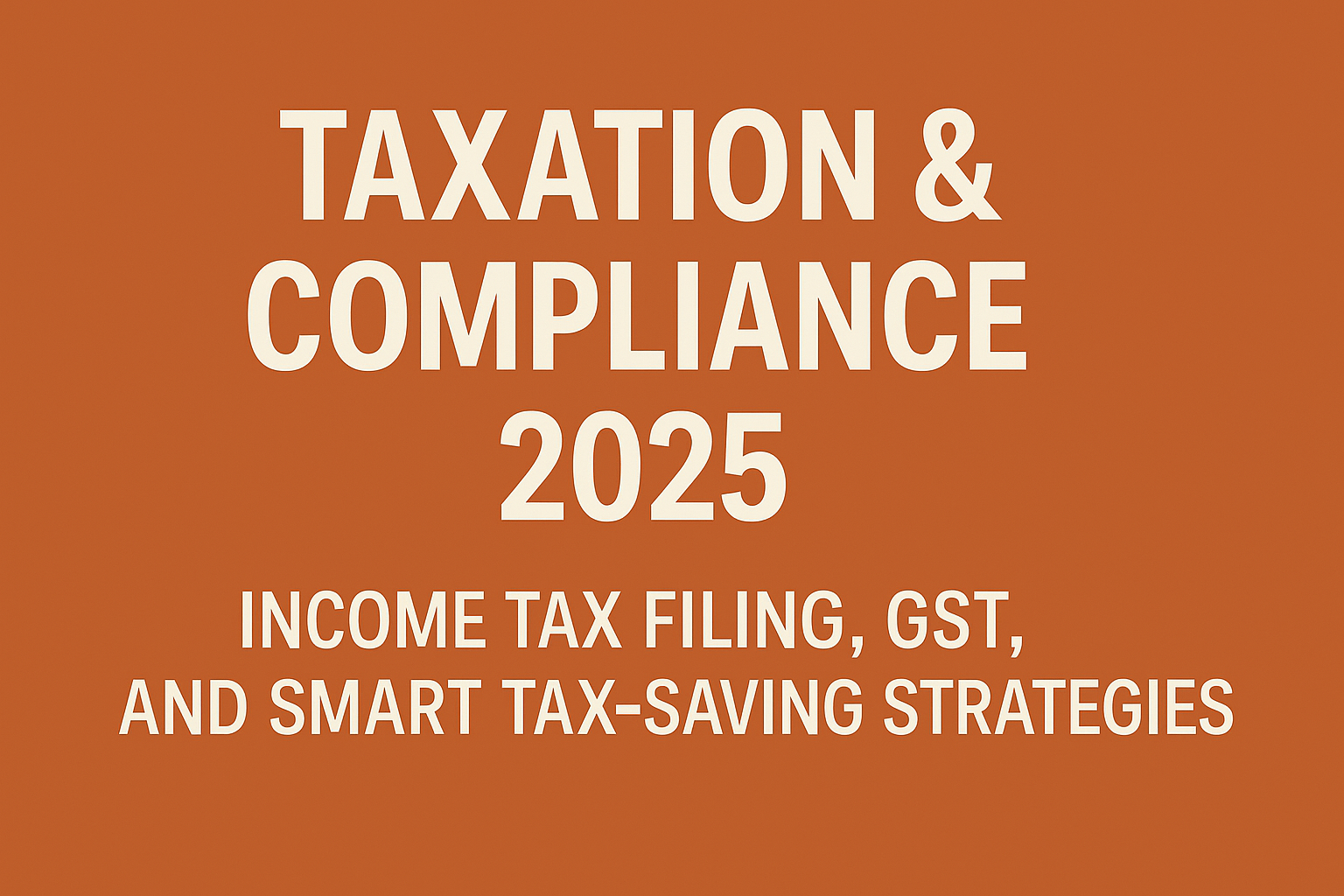Investing is one of the most effective ways to build wealth, achieve financial goals, and stay ahead of inflation. With so many options available in 2025, choosing the right investment can feel overwhelming. From traditional choices like fixed deposits and Public Provident Fund (PPF) to modern instruments such as Real Estate Investment Trusts (REITs) and Exchange-Traded Funds (ETFs), Indian investors today have a wide range of opportunities.
This article compares the top 7 investment options in India for 2025, highlighting their features, benefits, risks, and ideal investor profiles.
1. Stocks (Equity Investments)
Overview:
Stocks continue to be one of the most rewarding long-term investment options in India. By buying shares of a company, you become a partial owner and benefit from capital appreciation and dividends.
Pros:
- Potential for high returns over the long term
- Liquidity and easy buying/selling through stock exchanges
- Option to diversify across sectors and industries
Cons:
- High risk due to market volatility
- Requires knowledge, research, and risk tolerance
- Best for: Investors with a long-term horizon, higher risk appetite, and an interest in market trends.
2. Mutual Funds
Overview:
Mutual funds pool money from multiple investors and invest in a diversified portfolio of stocks, bonds, or other assets. In 2025, mutual funds remain a preferred choice for investors seeking professional management and diversification.
Pros:
- Managed by expert fund managers
- Wide range of options (equity, debt, hybrid, index funds)
- Lower risk compared to direct stock investments
Cons:
- Returns are subject to market performance
- Management fees may reduce overall gains
- Best for: Investors looking for diversification and those who prefer a hands-off investment approach.
3. Fixed Deposits (FDs)
Overview:
Fixed deposits are one of the most secure investment instruments in India. Banks and non-banking financial companies (NBFCs) offer FDs with assured returns at fixed interest rates.
Pros:
- Guaranteed returns without market risk
- Flexible tenure (7 days to 10 years)
- Suitable for conservative investors
Cons:
- Lower returns compared to equities or mutual funds
- Interest earnings are taxable
- Best for: Risk-averse investors, senior citizens, and those looking for stable and predictable income.
4. Public Provident Fund (PPF)
Overview:
PPF is a government-backed long-term savings scheme with attractive tax benefits under Section 80C. It is one of the safest investment avenues in India.
Pros:
- Tax-free returns and guaranteed interest rate
- Lock-in of 15 years ensures long-term discipline
- Exempt-Exempt-Exempt (EEE) tax status
Cons:
- Long lock-in period reduces liquidity
- Annual deposit limit of ₹1.5 lakh
- Best for: Long-term investors, salaried individuals, and those seeking tax-efficient savings.
5. National Pension System (NPS)
Overview:
The National Pension System is a government initiative that encourages retirement savings. It offers a mix of equity, debt, and government securities with tax benefits.
Pros:
- Tax deduction under Section 80C and additional benefits under 80CCD(1B)
- Flexible investment options (active or auto choice)
- Market-linked returns with long-term growth potential
Cons:
- Partial withdrawal restrictions
- Mandatory annuity purchase at maturity
- Best for: Individuals planning for retirement with a mix of security and growth.
6. Real Estate Investment Trusts (REITs)
Overview:
REITs are relatively new in India but gaining popularity in 2025. They allow investors to invest in real estate projects without directly owning property.
Pros:
- Provides exposure to the real estate sector with lower capital requirements
- Generates regular rental income and potential capital gains
- Listed on stock exchanges, ensuring liquidity
Cons:
- Returns depend on property market performance
- Dividends may be taxable
Best for: Investors looking for diversification beyond traditional assets and exposure to real estate without large investments.
7. Exchange-Traded Funds (ETFs)
Overview:
ETFs are market-linked instruments that track an index, commodity, or basket of assets. They combine the benefits of mutual funds and stocks, offering flexibility and diversification.
Pros:
- Lower expense ratios than mutual funds
- Easy to trade like stocks on the exchange
- Offers diversification across multiple sectors
Cons:
- Returns depend on market fluctuations
- Requires a Demat account and some trading knowledge
- Best for: Investors who want low-cost diversification and prefer passive investment strategies
also read:Step-by-Step Guide to Apply for a Personal Loan Online in 2025
Final Thoughts
In 2025, Indian investors have a wealth of options, from low-risk instruments like fixed deposits and PPF to growth-oriented opportunities such as stocks, mutual funds, REITs, and ETFs. The best investment strategy depends on your risk tolerance, time horizon, and financial goals.
- For safety and tax benefits, choose PPF or FDs.
- For retirement planning, consider NPS.
- For wealth creation and diversification, explore stocks, mutual funds, ETFs, and REITs.
Remember, no single investment option is perfect for everyone. A balanced portfolio that mixes traditional and modern instruments is the smartest way to achieve long-term financial stability and growth.






